| TYPE OF BRUSH HAIR |
SHAPE |
DESCRIPTION |
|
BRISTLE BRUSHES:
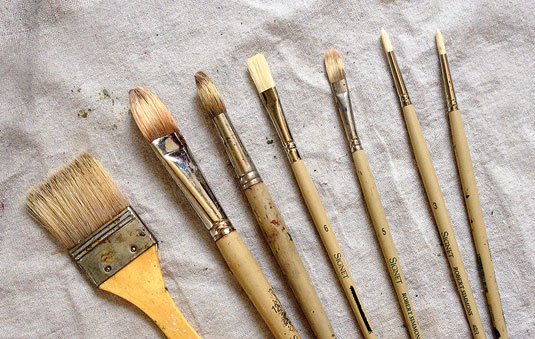
Bristle brushes are made of thicker, stronger and sometimes rougher hair. they originally came from animals such as wild hogs, but now synthetic bristle brushes are very common. bristles are great because they can hold a lot of paint.
|
ROUND:
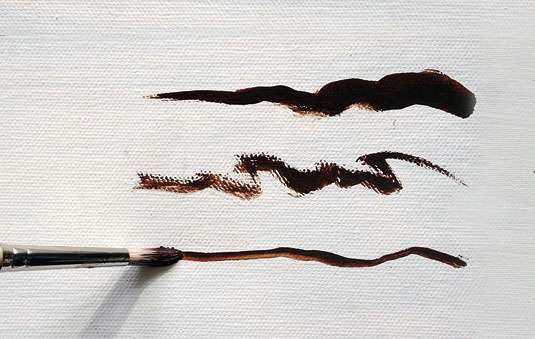
|
Rounds can create a variety of marks. Like a pencil or marker, they can also go thick to thin. Because the shape resembles a pencil, I like making drawing and hatching marks with round bristles. I almost always start every painting with a round bristle. |
|
FLAT:
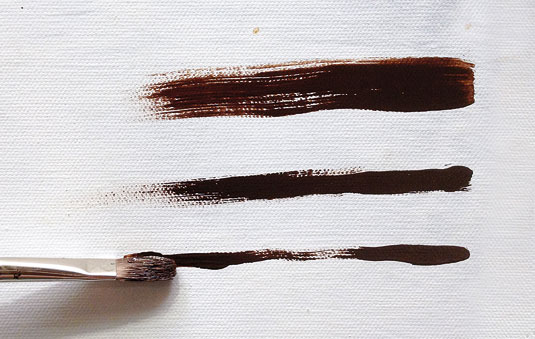
|
I love the square shaped marks for painting planes on forms. When I paint figures or portraits I do most of the work with a flat bristle brush. I also like the way the paint strokes are very visible with bristle brushes.
|
|
FILBERT:
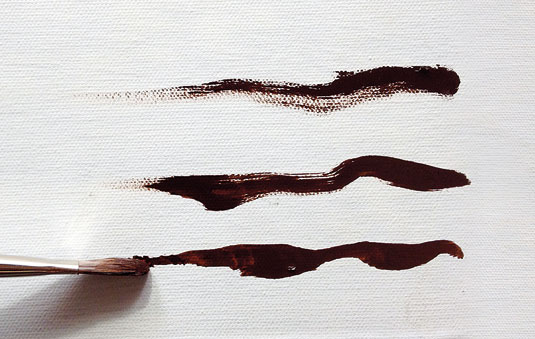
|
Filberts can create a wide variety of marks, from thick to thin and back again. Because of their versatility, they are great for drawing and for painting the head or figure. I use filbert bristles to add variety and texture to my paintings. |
|
SABLE BRUSHES:
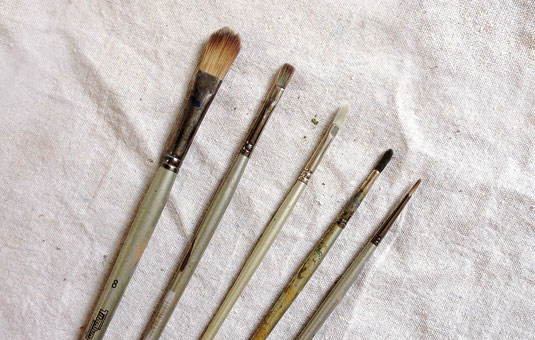
Sable brushes are generally made of finer and softer hair. Sables can be made from soft animal hair such as a mongoose or mink, or from soft synthetic fibers. I like sables mostly for blending edges and creating softer and more subtle marks.
|
ROUND:
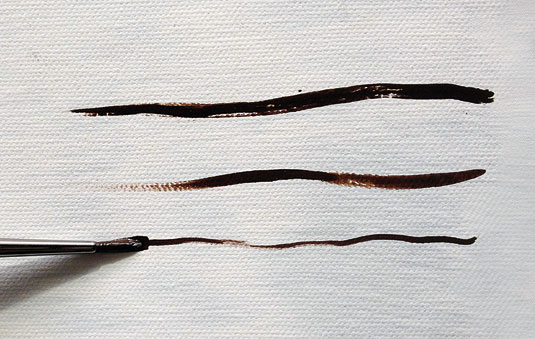
|
Sables have finer and softer hair and they also retain their shape well. I use round sables for a variety of tasks including blending edges and for fine details. Small sable rounds are my favourite brushes for adding small details. |
|
FLAT:
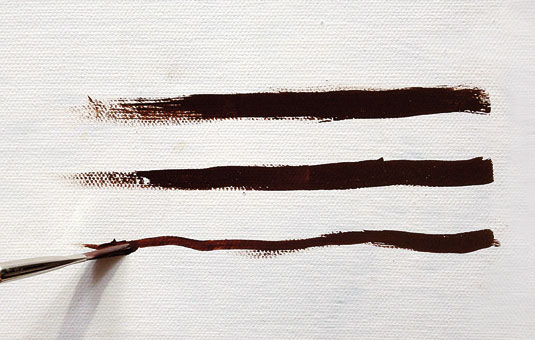
|
A sable flat can make square shaped marks, but with a much cleaner edge. The rough, painterly edge is gone, but instead is replaced by smooth and polished look. I use sable flats for blending edges and making softer strokes on a portrait or figure.
|
|
FILBERT:
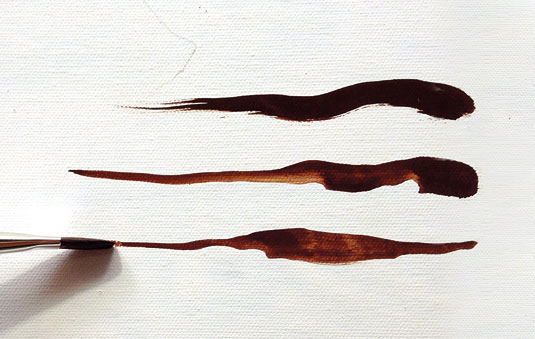
|
Like the bristle version, sable filberts can also make a wide variety of marks. Sometimes it feels like drawing with ink or charcoal. I like to use filbert sables for both making crisp, drawing marks and edges and also for blending edges. |

